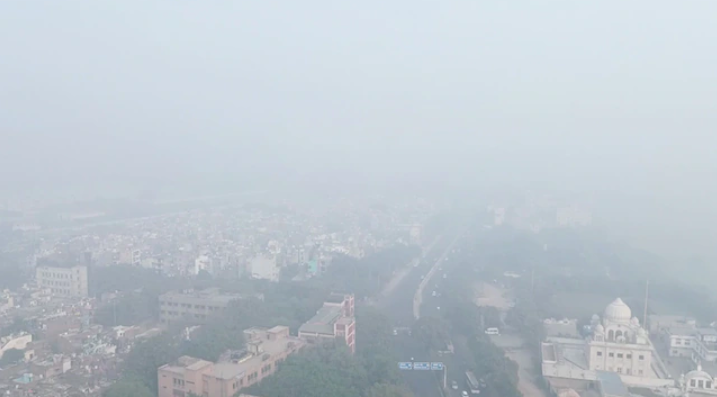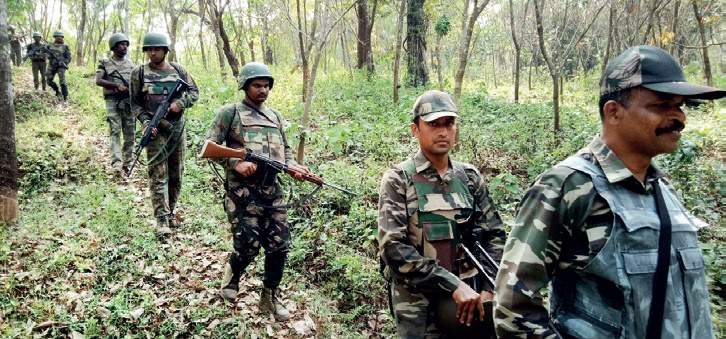Winter has arrived in Delhi, bringing with it a familiar sense of gloom. The sky is covered with a thick layer of grey smog that makes the air feel heavy. Step outside for more than a few minutes, and you’ll almost taste the ash in the air. Even a brisk walk or run leaves you breathless within minutes.
Headlines are once again using words like toxic, deadly, and poisonous to describe the air quality. Most schools have closed, and people are being urged to stay indoors. But for those who work outdoors, staying inside isn’t an option.
On Monday and Tuesday, Delhi’s air quality index was over 1,200, while the acceptable limit was below 100. This measures the levels of harmful particles (PM 2.5 and PM 10) in the air. These tiny particles can enter the lungs and cause serious health problems.
On social media, people are expressing frustration, disappointment, and disbelief that this is happening again. It’s a recurring nightmare, a familiar cycle that’s played out for over 15 years.

Delhi itself is a major contributor to pollution, with emissions from vehicles, factories, and construction. Every year, as winter sets in, anger rises, journalists report, politicians argue, and courts react. And every year, we find ourselves back in the same situation.
In other democracies, a public health crisis like this would spark massive protests. But in Delhi, the anger is mostly confined to social media. Activists believe this is because pollution is a slow killer, causing health problems over time. A study by Lancet found that pollution was responsible for over 2.3 million premature deaths in India in 2019.
There’s also a growing class divide. The wealthy can leave the city, buy air purifiers, or vent on social media. The rest of the population has no such options and continues to live with the smog. Despite the mounting frustration, the public outcry hasn’t led to mass protests. As the Supreme Court once noted, politicians just pass the buck and wait for the season to pass.
Experts argue that both federal and state governments need to set aside politics and work together on long-term solutions. Citizens also need to hold politicians accountable, and courts must act well before the pollution reaches dangerous levels.
This year, temporary measures have been put in place, like a ban on construction. But will these steps bring back Delhi’s elusive blue skies? Based on the past few years, there’s little reason to be hopeful.




